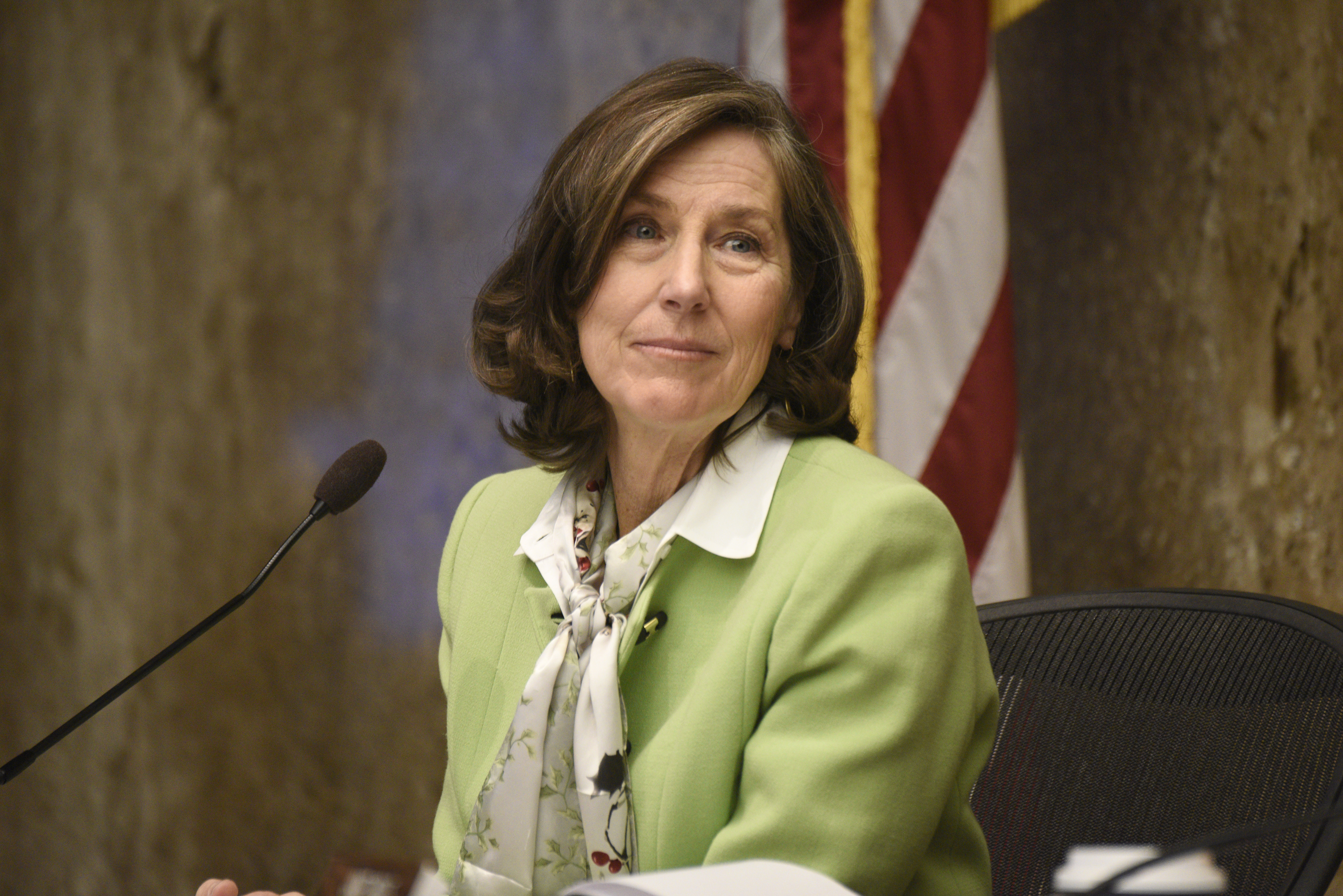More Trouble in Santa Barbara’s Cannabis World
Elections, Proposals, and Hemp All Heat Up as Supes Consider Amending Ordinance

As Santa Barbara’s cannabis wars threaten to get even more cantankerous, a new campus group calling itself Free S.B. has begun demanding that the county’s cannabis revenues be used to fund “college affordability programs” for UCSB students. This new organization — which boasts a polished website, freesb.org — was started by Tom Steel, a recent UCSB graduate and campus activist, who stated he was moved to action by the food insecurity he experienced while an undergraduate. Steel, who did not return numerous requests for interviews by deadline, is hoping to boost student attendance at the County Board of Supervisors meeting on July 9 in Santa Maria, when supervisors will be exploring proposed amendments to the county’s increasingly controversial cannabis ordinance.
To date, the county is on track to reap $6 million in cannabis tax revenues. Of that, $2.7 million has been earmarked for enforcement purposes. Free S.B.’s statements allude to $25 million in cannabis taxes.
Third District Supervisor Joan Hartmann, whose district includes Isla Vista and who is up for reelection next year, said she doubts supervisors could legally grant Free S.B.’s demands even if they wanted to. “I don’t believe we could take money from our general fund and give it to higher education,” Hartmann said. “I suspect the group is entirely supported by the cannabis industry,” and if so, she continued, it would be “a cynical ploy” on their part. “I think this is … a way to get at me,” Hartmann said, “and that makes me really angry.”
In recent months, Hartmann has expressed increased interest in additional regulations to restrict where and how cannabis can be grown in response to numerous concern by some residents upset about odor and the proliferation of hoop houses. Hartmann’s camp noted that another Isla Vista political figure, Jonathan Abboud — elected to the Santa Barbara City College Board of Trustees as well as general manager of the I.V. Community Services District — had been approached by a lobbyist, Sam Rodriguez, who is affiliated with the cannabis industry. Abboud said Rodriguez was looking for someone to run against Hartmann and asked if he has aspirations for higher office. (Rodriguez denied ever talking to Abboud or knowing anyone by that name.)
One of the proposed changes to the county’s ordinance seeks to establish a cap on the amount of cannabis that can be cultivated. Another would require the installation of a working odor-control system earlier in the permit application process. Also, the county’s Planning Commission supports requiring conditional use permits for smaller parcels of agriculturally zoned land, 20 acres or less. More explosive are demands that cannabis be banned outright from such small parcels that often abut residential communities.
Growers have formed a new trade group — Good Farmers Great Neighbors — to educate the public about the benefits of their industry and to argue against the imposition of such new restrictions. The group “opposes creating a precedent of banning any legal crop on any size agriculture property in Santa Barbara County,” said spokesperson Andrew Rice, a former reporter for the Santa Barbara Independent. “We believe that the current ordinance provides ample oversight and guidelines for legal cannabis cultivation to coexist with other land uses.”
Looming not so subtly in the background is the imminent legalization of hemp cultivation at both the state and county levels, the federal government having just legalized it. Hemp, which has many of the same odor characteristics as cannabis, is not as rich in psychoactive properties as cannabis but contains enough of the medicinal ingredients to be economically attractive. As a federally recognized agricultural crop, it is not subject to the same land-use regulations as cannabis.
Correction: This story was corrected on July 3, 2019, to state Jonathan Abboud was appointed general director of the IVCSD and was not elected to its board.



